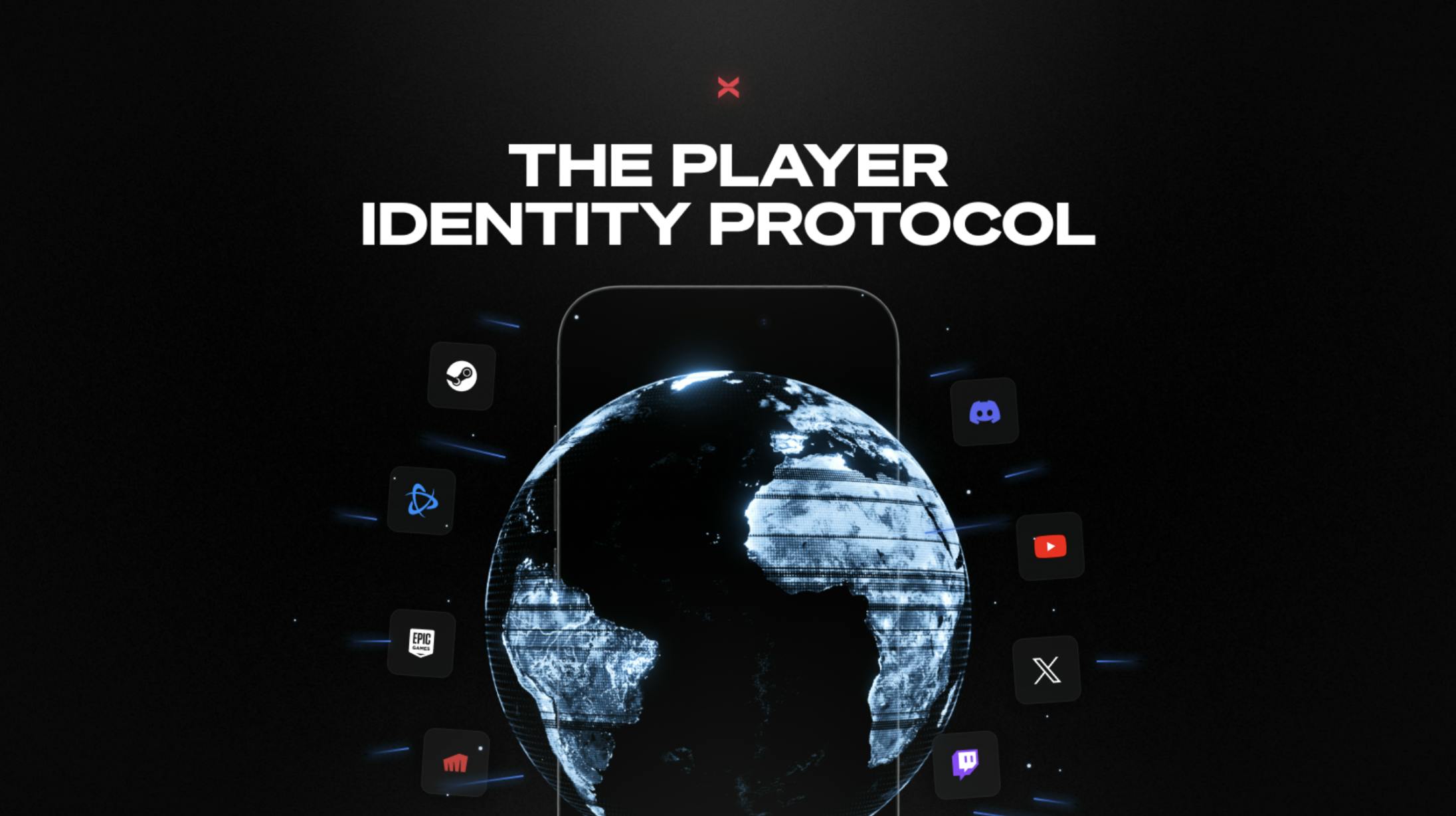What is XBorg? Discover the leading player identity protocol
Gaming and esports are among the entertainment industry's largest sectors, generating billions of dollars annually. However, the rise of new business models and changes in consumer expectations are pushing this traditional ecosystem to innovate and reinvent itself.
Born as a spin-off of SwissBorg and due to their partnerships with the world's largest esports teams, XBorg is one of the fastest-growing projects in Web3 . In this article, you will learn what XBorg is, what its protocol does, and how it drives the evolution of online experiences.
The challenges of the gaming industry
The gaming industry is undergoing a significant transformation, marked by a fundamental shift in how gamers spend their time online, forcing organisations to adapt to new user expectations.
- Players dedicate countless hours to gaming and socialising without true data ownership. This highlights a critical issue within the attention economy: players contribute significantly without reaping proportional benefits.
- In recent years, software development innovation within the gaming industry has stagnated. This has led to standardised interactions between products and their audiences. This conflicts with the demand from players for more personalised experiences.
The initial wave of innovation in the gaming industry was led by projects like Chiliz , Layer3, and Ultra , which aimed to provide the necessary infrastructure for new engagement and monetisation models. However, these efforts often maintained high entry barriers for average consumers, which pushed new players such as XBorg to develop products designed for mainstream consumer adoption.
XBorg’s Player Identity Protocol
XBorg is building the world’s largest player identity protocol to drive the evolution of online experiences. It does this by leveraging the XBorg ID, a blockchain-based identity system that gives players control and ownership over their gaming and social data.
Games, organisations, and developers can integrate the XBorg ID to offer players more immersive and customised experiences. To facilitate this, XBorg has developed a suite of products, including:
- Fan Stack SDK: Allows developers and brands to build next-gen apps that offer unique experiences for each player.
- AI Interfaces SDK: Leverages the XBorg ID to create AI agents, companions, and chatbots, providing personalised interactions.
- Player Communication SDK: Enables gaming brands and games to connect seamlessly with specific players based on their identity.
- Identity Launchpad SDK: Allows clients to leverage the XBorg ID to provide investment opportunities to specific player bases.
XBorg also uses its infrastructure to create products for its community, such as:
- The XBorg Launchpad : Utilising our network to provide investment opportunities to our XBG and NFT holders.
- XBorg Community Hub: Employs the same solution used by esports teams but is tailored for the XBorg community and to maximise engagement.
Fan Applications: Bringing Web3 to the masses
The Fan Stack SDK is XBorg’s most popular use case, adopted by some of the largest esports teams globally. This SDK allows esports teams to build white-label applications that leverage fan identities to offer more personalised experiences.
Recently, XBorg announced a new product that enables gaming brands or esports teams to create their own community hub in minutes. This innovation promises to be a key driver in scaling the number of users utilising XBorg-powered applications.
By providing these comprehensive tools and products, XBorg is at the forefront of making web3 mainstream and enhancing both player experiences and data ownership.
The Role of the XBG Token
The XBG token is a cornerstone of the XBorg ecosystem, integrating seamlessly with XBorg’s technological solutions and native products to power and sustain the entire network.
Utility and Governance
The XBG token is a utility token with governance features. It allows holders to guide XBorg’s future development and direction. This participatory model ensures the community can influence decisions and drive the ecosystem’s evolution.
Incentives and Revenue Sharing
Token holders are entitled to a share of the value generated by the XBorg protocol via the XBG reward program. They can participate by pledging XBG tokens or providing liquidity. This revenue-sharing model aligns the interests of the ecosystem’s stakeholders, fostering a sustainable and collaborative environment. Investors also stand to gain from the potential growth of the XBorg ecosystem.
Payments and Fees
The XBG token will be used as a payment method across XBorg-powered applications and for protocol transaction fees.
Ecosystem Benefits
Owning XBG tokens grants holders access to unique opportunities, benefits and rewards within the XBorg ecosystem, from access to the most promising investment opportunities to partner token airdrops.
Gas Token
The XBG token will be used as the gas token for the upcoming XBorg blockchain, which will be the new home for identity-powered consumer crypto applications across esports, gaming, sports and entertainment.
Fundraising
XBorg has raised over $9,000,000 million in early-stage funding thus far. It comprises a $1,000,000 strategic round with the participation of business angels from the Ethereum Foundation, Bybit, ESL, Face-It, Aave , YGG and more. A $1,000,000 KOL round with notable influencers investing, such as Ivan on Tech, Virtual Bacon, Dingaling and more. Finally, a whopping $7,000,000 was raised from their community during their community seed round and presale. XBorg decided not to raise with venture capital firms, to allow the XBG token to be owned by their community of players and investors instead. They also rejected equity-based deals so that all value generated by the protocol goes to token holders and is not split with shareholders.
Final Thoughts
By creating an ecosystem where players can own and utilise their data, XBorg enables players to experience the value they generate and aims to revolutionise the gaming industry. Sitting at the intersection of gaming, esports, and Web3 , XBorg has the potential to capture a significant amount of value, and pave the way for a new future for the pillars of this sector, the players. Curious about participating in shaping this future? Follow this link to learn more. XBorg is on a path to onboard the next millions of players and revolutionise gaming, at scale.
